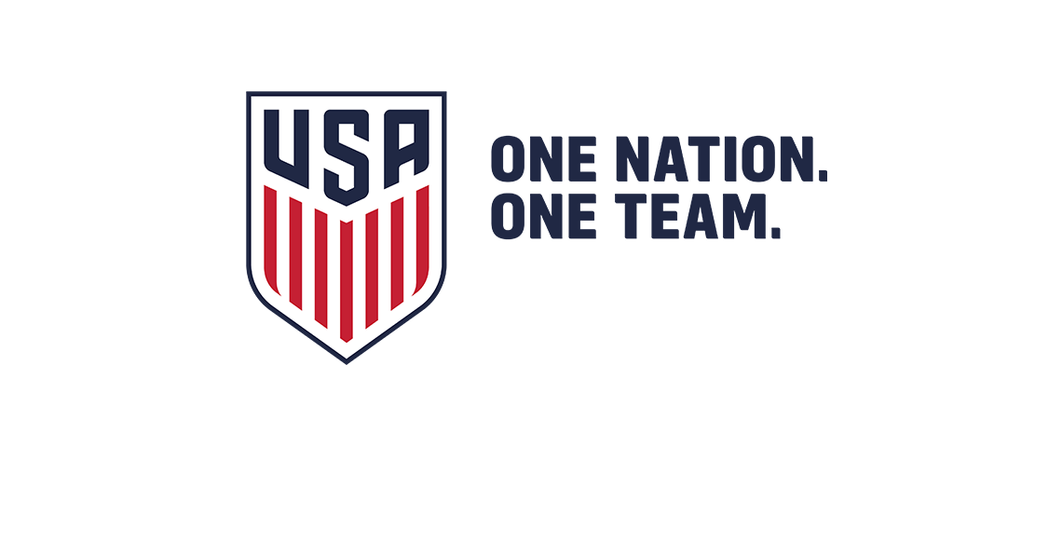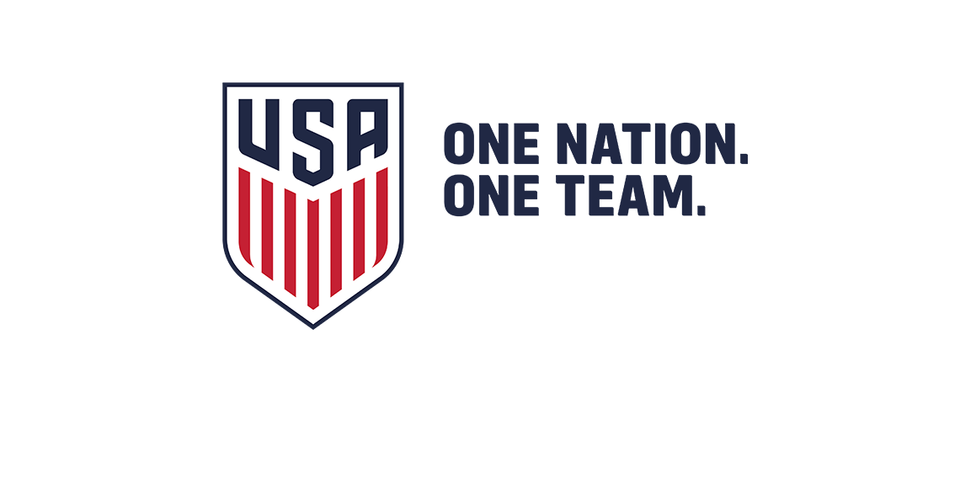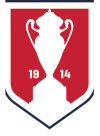U.S. Soccer Introduces Bio Banding Initiative
As part of its ongoing effort to develop world class players, coaches, and referees, the U.S. Soccer High Performance Department will work in conjunction with four Development Academy clubs to put on the first bio-banded event in any sport in the United States. It will also be the first organized event of its kind featuring female soccer athletes.






